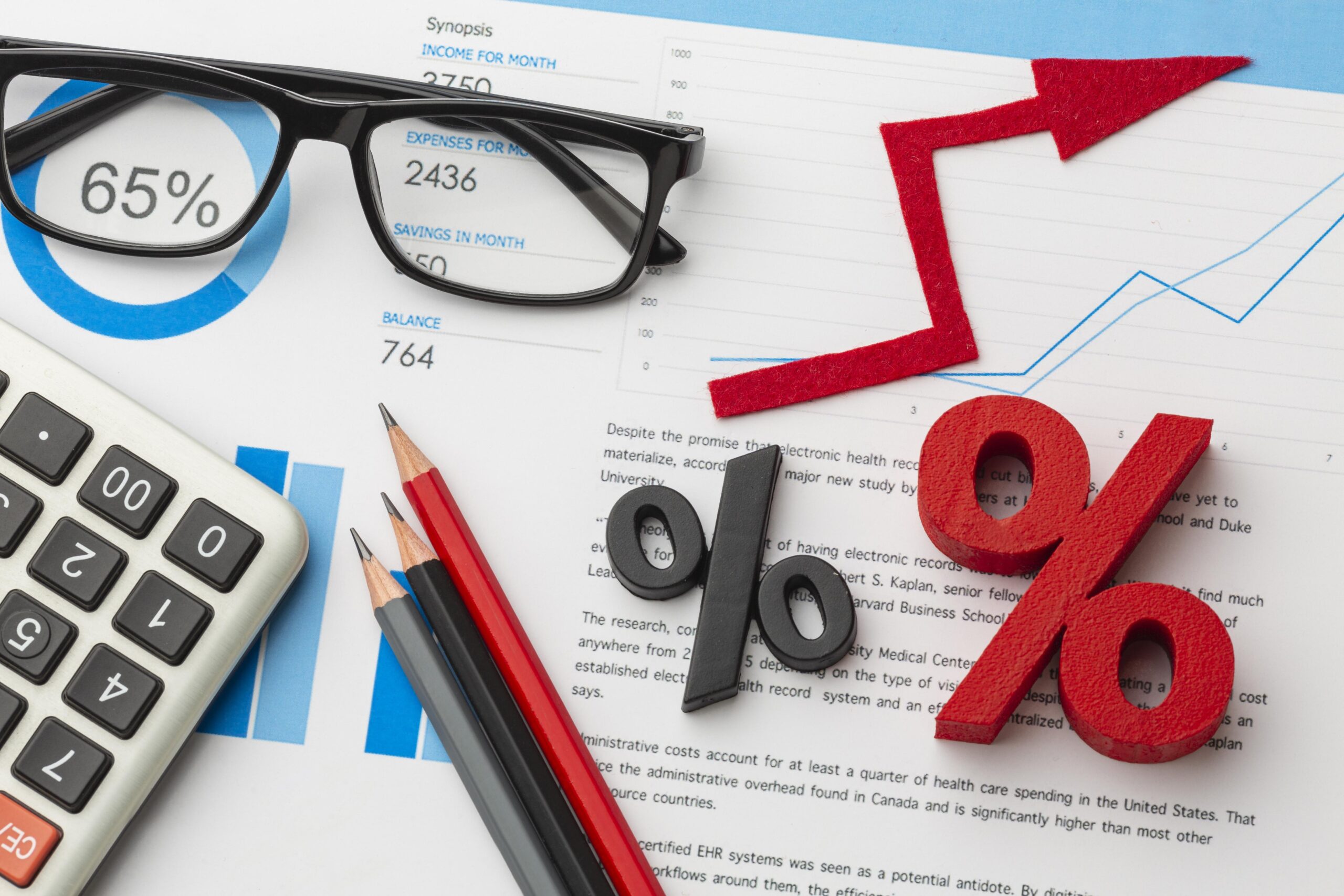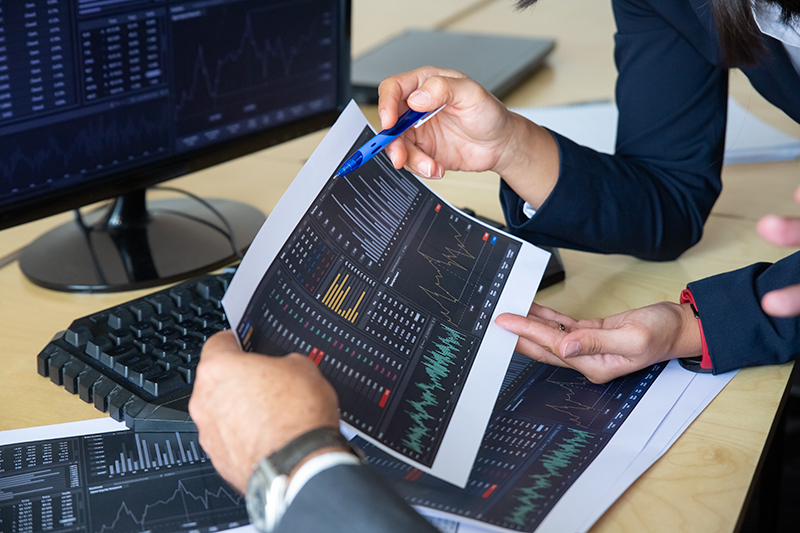Understanding Current Trading Trends
The world of trading is constantly shifting, with factors ranging from political events to technological advancements influencing how markets behave. In 2025, several major trends are shaping the landscape and are critical for traders to understand if they want to stay ahead of the curve. These trends not only affect the stock market but also influence commodities, currencies, and other trading assets. Let’s explore the key trends currently dominating the trading world.
Geopolitical Shifts: The Impact of Trade Tariffs
One of the most significant developments in the global market is the ongoing changes in trade policies, particularly those involving tariffs. President Donald Trump’s announcement of new tariffs, colloquially referred to as his “liberation day,” has been one of the most discussed topics in the trading world. These tariffs aim to boost domestic production by making imported goods more expensive, creating an environment where U.S. manufacturing can thrive.
However, the global response to these tariffs is a key concern. Countries like the UK, Canada, the European Union, and Japan are expected to retaliate with their own tariffs, which could lead to a cycle of escalating trade wars. For traders, these actions create both risks and opportunities:
Market Volatility: Tariffs often lead to market fluctuations as investors adjust their positions to account for shifting trade relationships. Sectors reliant on global supply chains, such as technology and manufacturing, may see sharp price movements.
Sector Rotation: When tariffs are imposed on certain goods, it can affect entire industries. For example, U.S. tariffs on steel and aluminium could impact sectors such as construction and automotive. Conversely, sectors like defence, which are less dependent on global trade, might see more stability.
Currency Fluctuations: Trade policies also influence currency exchange rates. The U.S. dollar could strengthen if tariffs result in higher domestic production, but currencies from affected countries may weaken, presenting both risks and opportunities for forex traders.
Technological Advancements: AI, Cryptocurrency, and Beyond
In 2025, one of the most exciting and rapidly evolving areas of the market is technology. From artificial intelligence (AI) to blockchain and digital assets, technological advancements are reshaping how we trade, invest, and analyse markets. Traders need to stay on top of these developments to identify emerging opportunities.
Artificial Intelligence (AI): AI is not just transforming industries; it’s also transforming trading strategies. AI is increasingly used to analyse vast amounts of market data in real-time, allowing traders to identify trends and make informed decisions faster than ever before. Companies like NVIDIA, which provide AI hardware, and firms utilizing AI to enhance trading algorithms, are receiving attention from investors. AI-driven stocks are considered high-growth opportunities, as the technology continues to evolve and disrupt various sectors, from healthcare to transportation.
Cryptocurrency and Blockchain: Cryptocurrencies such as Bitcoin, Ethereum, and emerging altcoins are gaining wider acceptance among both institutional and retail investors. Blockchain, the technology behind cryptocurrencies, has potential far beyond digital currencies. Industries such as finance, supply chain, and healthcare are exploring blockchain for its ability to create decentralized, transparent systems. As more countries develop regulatory frameworks for cryptocurrencies, we are likely to see greater stability in these markets, opening up new investment avenues for traders.
Tech ETFs: With the growing influence of technology, many traders are turning to Exchange-Traded Funds (ETFs) that focus on tech stocks. These funds offer a way for investors to gain exposure to the broader tech sector, including AI, cloud computing, cybersecurity, and digital assets. Some of the most popular tech ETFs include the ARK Innovation ETF and the Technology Select Sector SPDR Fund.
The Shifting Global Economy: European Recovery and Market Resurgence
While much of the focus in trading has been on the U.S. and Asia, Europe is experiencing a significant shift that is catching the attention of traders worldwide. After years of sluggish growth, Europe is showing signs of recovery, fuelled by aggressive fiscal policies and investments aimed at boosting economic growth. The surge in investment in European equities, particularly in exchange-traded funds (ETFs), is indicative of this shift.
Investment Surge into European Markets: In the first quarter of 2025, U.S. investors poured a record $10.6 billion into European-focused ETFs. This marks a significant reversal from previous years, where Europe was often overlooked in favour of higher-growth markets like the U.S. and emerging markets. The rising interest in European equities is fuelled by several factors:
Government Stimulus: Countries like Germany are investing heavily in their economies to stimulate growth. For example, Germany’s €500 billion investment fund aims to rejuvenate its manufacturing sector, which is expected to benefit companies across the region.
Attractive Valuations: Many European stocks are currently trading at relatively lower valuations compared to their U.S. counterparts. This has made them appealing to value investors looking for opportunities outside of the overvalued U.S. stock market.
Economic Resilience: With the end of the COVID-19 pandemic and various lockdowns, European markets are now in a recovery phase. Stronger-than-expected economic performance, particularly in sectors like technology and energy, has prompted investor optimism about the region’s future prospects.
Sector Rotation: As investors flock to Europe, some sectors are benefiting more than others. For example, financials, industrials, and technology are receiving the most attention. European companies that are well-positioned to capitalize on green energy initiatives, like renewable energy companies, are also gaining significant traction.
Market Volatility: Managing Risk in Uncertain Times
As we move through 2025, market volatility is a major concern for traders. From trade wars to technological disruptions and the ongoing recovery from the pandemic, uncertainties abound. This volatility presents both opportunities and risks:
Increased Trading Activity: Volatile markets tend to create more opportunities for active traders who can capitalize on short-term price swings. However, the increased risk means that these trades must be managed carefully with robust risk management strategies in place.
Safe-Haven Assets: In times of uncertainty, assets like gold, U.S. Treasurys, and defensive stocks tend to perform better. Traders often turn to these safe-haven assets as a way to hedge against the volatility in other markets. The trend of buying gold, for instance, has accelerated as a response to fears of inflation and geopolitical instability.
Opportunities in Forex: With the shifting global trade policies and economic conditions, forex traders have opportunities to profit from fluctuating currency exchange rates. Currencies from countries experiencing economic instability, such as those impacted by tariffs, may weaken, while safe-haven currencies like the U.S. dollar or Swiss franc could strengthen.
Conclusion: Stay Informed and Adapt to Change
The trading world in 2025 is marked by significant changes, from the implementation of new tariffs to the rise of technology-driven markets. Understanding these trends and their impact on different asset classes is crucial for successful trading. As a trader, staying informed about global events, technological advancements, and shifting economic conditions will help you navigate these changes and capitalise on emerging opportunities.





0 Comments